Description: The Mastiff is a large dog. With the dog being from 30 inches and bitches from 27 inches, dogs weighing 160 pounds and bitches from 150 pounds. This is one of the heaviest breeds of dog. The Mastiff has a huge square head with a marked stock between the eyes. The muzzle should be half the length of the skull. With medium-sized brown to dark hazel eyes, and a black mask around them. The ears are small and V shaped, and in proportion with the head, these are dark in colour. The nose is also dark in colour. The teeth should meet in a scissor bite, and can be slightly undershot this is acceptable in the show ring as well, providing the teeth do not show when the mouth is closed. The tail is high set and is wide at the base, tapering off to a fine point that reaches the hocks. Coat colours we see are; golden fawn, apricots, light fawn, tiger, Silver or brindle.
History: The Mastiff is a very old breed of dog, and there is evidence they go back as far as the Egyptian period. 3000 BC. Caesar had brought a pack of mastiffs to Rome, where the dogs were placed on display and used to fight in the gladiatorial arena. This large dog was used in the sport, of fighting, and were often put against Lions, bears, dog to dog combat and even against human gladiators. This breed later came to England and was used by the local peasants as bodyguards to protect the person from wolves and other dangerous predators. The Mastiff has been described "As a lion is to a cat, so is a mastiff compared to a dog". It is thought that the Mastiff came to America on the Mayflower. At the end of World War II, this breed was almost extinct in England and dogs needed to be imported from the USA and Canada to once again establish the dog in the UK. Some of the Mastiffs talents include; guarding, police work, search and rescue, military work, watchdog, and weight pulling.
Temperament: This is a born guard dog and the dogs' temperament can vary even within the same litter. This dog has an instinctive need to defend their territory, family, and will guard this with a little barking attempting to trap the intruder in a corner or pin them to the floor. The breed is very watchful, and has good self-confidence. Being able to balance this, they are good with children. This breed is intelligent, even-tempered, docile and calm. This dog responds well to gentle firm and patient training, and will love to please you. The Mastiff is a large dog, and so you need to socialize them well, to help them become accustomed to new situations, while they are young. As an owner, you need to be calm, firm, consistent, and a natural leader for this dog. The Mastiff dog can be difficult to train, and so is not recommended for a first dog. This dog will require an order to their lives in that they need to see the owner as pack leader, with clear defined roles and co-operation from all, will keep this breed content in its place within the family. The dogs place is to be lower than other humans within the home. This is important, to maintain a successful complete and happy relationship, for this dog. The Mastiff dog breed needs walking, a few times a day, for the physical and mental stimulation.
Health issues: Issues to look out for are; hip dysplasia, CHD, gastric torsion, PPM, elbow dysplasia, PRA, and bloat so small meals a few times a day is best.
Grooming: With the smooth shorthaired coat grooming is easy. Just brush over with a firm bristled brush, two to three times a week. Living conditions: Given the correct amount of exercise. The Mastiff dog breed is fairly inactively indoors,.and so is suitable for apartment living. The dog will require a small garden, with good fencing.

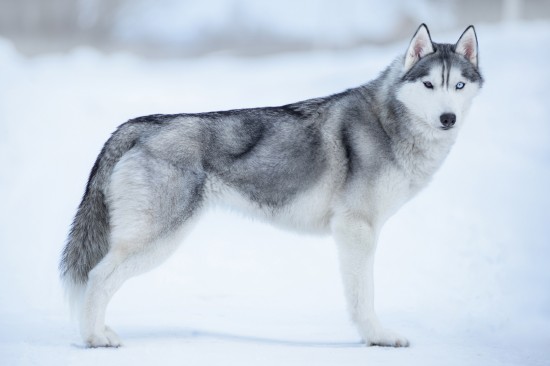 Dog Breeds With Double Coats
Dog Breeds With D
Dog Breeds With Double Coats
Dog Breeds With D
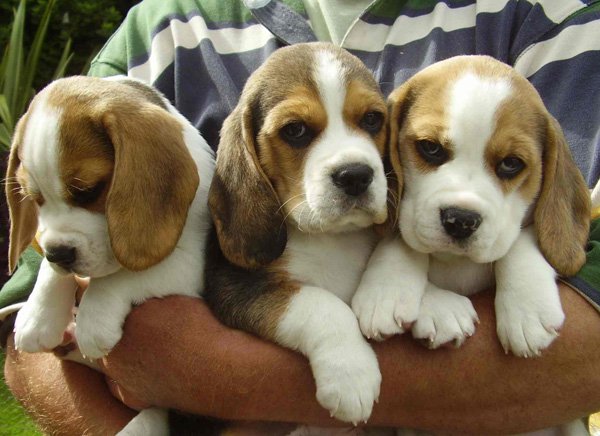 Independent Hill Vet Covers All of Your Pet's Needs, Not Just Shots
Independent Hill Vet Covers All of Your Pet's Needs,
Independent Hill Vet Covers All of Your Pet's Needs, Not Just Shots
Independent Hill Vet Covers All of Your Pet's Needs,
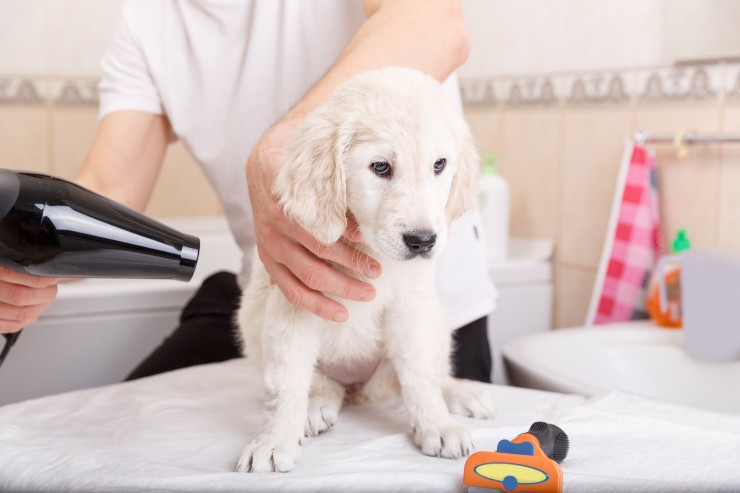 The Best Puppy Shampoos
The Best Puppy Sh
The Best Puppy Shampoos
The Best Puppy Sh
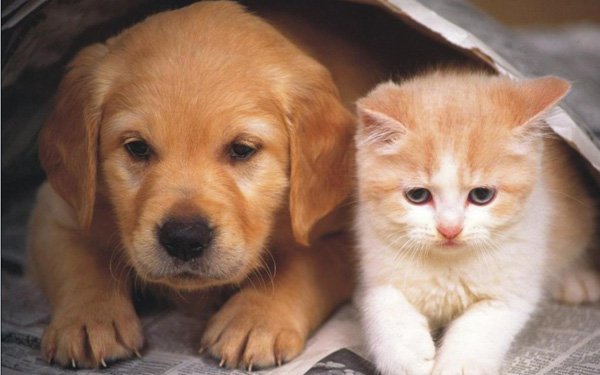 5 dog parenting techinques
5 dog parenting techinques
What about being a
5 dog parenting techinques
5 dog parenting techinques
What about being a
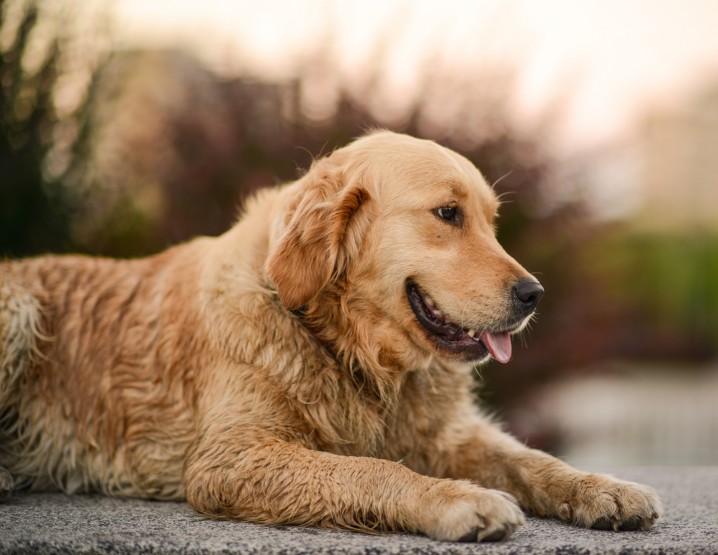 Golden Retrievers And Obesity Issues
Golden Retrievers
Golden Retrievers And Obesity Issues
Golden Retrievers